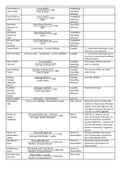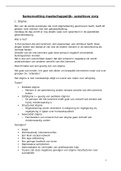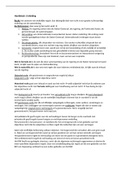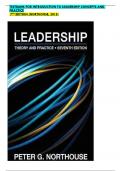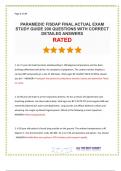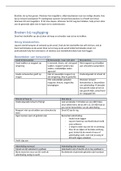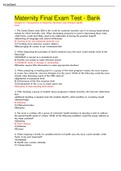Summary
Summary Formula Sheet of Financial Indicators for Company Analysis in Grade 12 Accounting
- Course
- Accounting
- Institution
- 12
A single page summarising the financial indicators required for the company analysis section of the Grade 12 NSC Accounting examinations. The summary includes a section of how to provide appropriate comments for each financial indicator.
[Show more]
